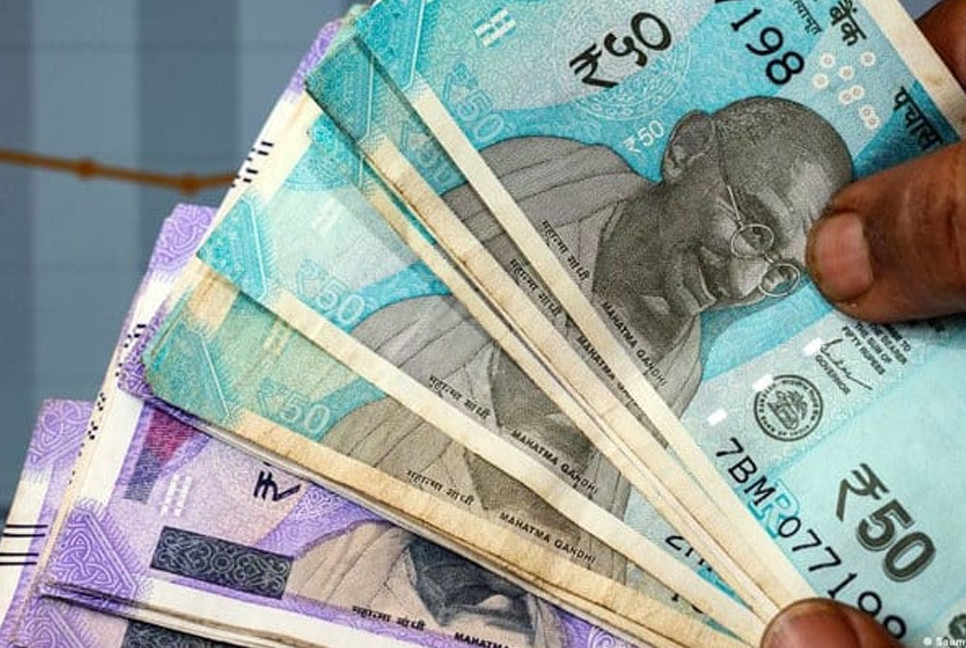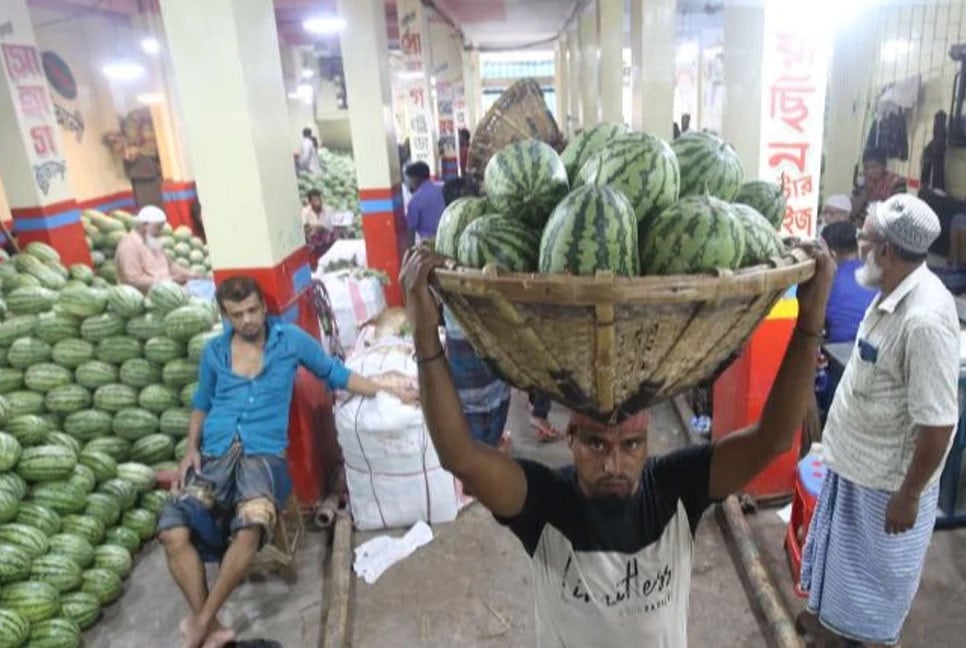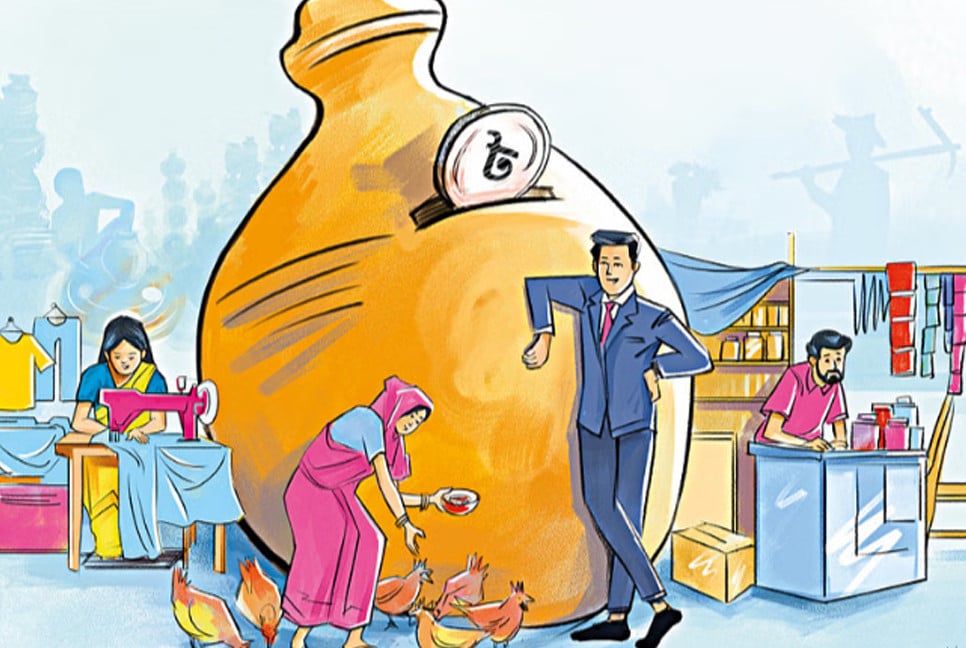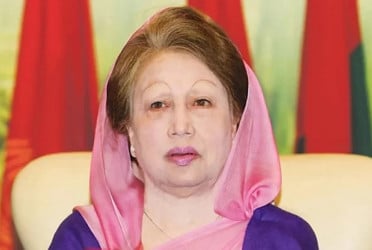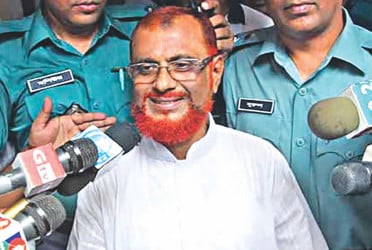The Indian rupee has experienced a decline both in the international market and in Bangladesh. Despite normal dollar sales in the open market on Wednesday, exchange houses reported a lack of buyers for the Indian rupee. Over the past week, the rupee has depreciated by 4-5 paise against the Bangladeshi taka, reflecting its weakening position.
According to dollar sellers in the Motijheel, Paltan, and Baitul Mukarram areas, the price of one dollar in the open market has risen to 124 taka and 50 paisa, nearly one taka higher than it was a week ago.
Meanwhile, exchange houses are now quoting prices between 1.40 and 1.44 taka for selling Indian rupees, down from 1.48 to 1.50 taka per rupee last week.
Ripon, a dollar seller in the open market stated, "There is no sale of Indian rupees at all. Sales have decreased due to political tensions between the two countries. The price of the local currency has decreased by 4-5 paise per rupee."
He explained, "Earlier, 50,000 to 80,000 taka worth of Indian rupees were sold every day. Today, not a single rupee has been sold. Besides, the value of the rupee is also decreasing."
Another dollar seller, Nadir Hossain, pointed out that the closure of medical visas in India has significantly reduced the sale of rupees. He mentioned, "Earlier, about six lakh rupees were sold every week. In the last week, not even 50 thousand rupees were sold."
Bangladeshis typically carry Indian rupees for medical and travel expenses. However, in the past month, the sale of rupees has dropped significantly, largely due to rising tensions between the two countries.
Meanwhile, the Indian rupee has reached an all-time low against the US dollar, falling to 84.75 for the first time in history.
According to a report from the Economic Times on Tuesday, the Indian rupee ended the day slightly higher at 84.68 against the US dollar. However, the dollar index rose to 106.50. On Monday, the rupee had dropped to a low of 84.70 per dollar.
Experts suggest that the rupee's depreciation could have been more significant, but the intervention of India's central bank, the Reserve Bank of India (RBI), has helped mitigate the decline.
Experts also believe that the rupee has fallen due to India's slowing economic growth and a contraction in foreign direct investment (FPI) flows.
Incidentally, recently, newly elected US President Donald Trump said that if the BRICS (Brazil, Russia, India, China and South Africa) countries try to create a common currency, then 100 percent tariffs will be imposed on imported goods. Some experts believe that this has had an impact on the value of the Indian rupee.
BD-Pratidin English/Mazdud

